News About World War II Could Fill a Saturday Paper
Details and Analysis of the Dieppe Raid Unfolds
"Small ships make small targets," says one Canadian sailor in memoirs.
Photo as found in The Winnipeg Tribune, Aug. 29, 1942, page 14
Introduction:
The Dieppe Raid took place 10 days before this fat Saturday issue of The Winnipeg Tribune landed on front porches or was sold on Portage Avenue ( for 5 pennies, or one thin dime with 'the comics') in Winnipeg, Manitoba, in 1942. Death notices from the tragic raid continued to be posted and losses of good men were grieved in Winnipeg and across Canada.
The battle for Stalingrad, Russia, made the main headline above the fold and inside the story of the war unfolded in a variety of ways. In one small piece we hear from Major General 'Ham' Roberts, the Canadian military leader most closely connected to Dieppe. Where he was (aboard the destroyer Calpe) and what actions he prompted and decisions he made as a part of the raid on August 19 makes for a very good story, and there are many books in which the Major General is mentioned.
I recommend at this time a book I am currently reading, Tragedy At Dieppe: Operation Jubilee, August 19, 1942 by Mark Zuehlke. Why, just this morning I read that "It was obvious... the military situation was serious, and that it was becoming steadily more difficult for the ships and craft to close [on] the beaches." Sitting on the floor of Major General Ham Robert's headquarters, correspondent Quentin Reynolds watched how the general smoked "one cigarette after another and kept a large cup of hot tea beside him." Roberts had "taken off his coat and he was sweating a little but he was calm, alert..." Page 321
Book review will follow in another separate post
War Correspondent Quentin Reynolds' book was found in a used book
store, London, ONT. I paid more than the original price of 35 cents!
Book review and poignant passages will follow asap
Here are a few relevant articles, editorials, cartoons, ads and photographs from The Winnipeg Tribune:
'The Fateful Siege' on the Eastern Front weakened the German forces to
a very large degree. It was a page turner. Above book recommended. GH
Also on Saturday's front page:
I thought I was on a roll with books related to Tribune stories when I saw the name under the last photo above, i.e., SGT. W. J. Pugsley. One of my favourite books about the RCNVR... could it be written by the same man? No, the middle initial is just a wee bit off... but nonetheless I recommend Saints, Devils and Ordinary Seamen by Lt. (S) W. H. Pugsley. Are the two men related? We shall see what we can find out. GH
This book comes highly recommended!!
And now, back to Saturday's front page:
The list of 'Wounded in Action' was lengthy. Research for more information can be done at The Winnipeg Tribune online site, hosted by University of Manitoba.
Another story with a Russian connection about a rare role in the war for someone "who might have been a school teacher....":
"To the Thousands of Canadians of Ukrainian descent and Their Brothers in Arms...":
From the editorial page... 10 days after the raid. Details related to the Dieppe Raid still cause heated debate, 80 years later:
And now it's time for something completely different, from page 11 of the Saturday paper:
Reminds me of the time I shook hands with the Duke of Kent...
protocol went out the window, I escaped England's wrath : )
My father, said about landing crafts that "small boats make small targets." Same would be true about the Fairmile Subchaser:
As many know, Allied forces ran into German forces in the English Channel and a firefight erupted that surely took the much-needed element of surprise off the table for the later landings on the beaches at Dieppe and other nearby locations, e.g., Pourville.
Details about the unexpected 'run in' are provided in the afore-mentioned book Tragedy at Dieppe by M. Zuehlke, and a very significant account is provided in Volume 1 of the two-volume set St. Nazaire to Singapore: The Canadian Amphibious War 1941 - 1945. The account is shared here, starting with the run in, and the first Canadian casualty, and ending with a few poignant words about survival guilt:
Photo as found in St. Nazaire to Singapore, Vol. 1, page 60
There are two unanswered questions related to his tragedy. First, why was there no information passed to the forces in danger so they could avoid the confrontation? Second, why were our two guardian Hunt Class destroyers five miles off station and uninterested in their charges at and during the disastrous confrontation?
With regard to the 24 hours before the battle, Bill Sinclair and I had spent time with Cliff Wallace. Bill describes Cliff at that time, "as his usual lively warm and friendly self." Bill and Cliff had been walking on the Downs above New Haven and Tarring Neville. It had been a very pleasant outing.
On the other hand after nightfall, I was in rooms of the top floor of the Newhaven London and Paris Hotel, now destroyed, but then housing officers and perhaps some ratings. Cliff confessed with some agitation that he had a great feeling of oppression and thought he would not survive the Dieppe raid. We had been instructed during a briefing at Eastbourne that we must carry our task out "At All Costs," so Cliff's concern was reasonable. It was just the black intensity that struck me so hard. I had been doing a lot of religious exercises in the time leading up to the operation and felt I had transferred the responsibility for my survival to God and that it was His business, not mine now - although I sincerely wanted to survive. This offered to Cliff was of no apparent help. His conviction was too strong. I felt as a Baptist, he was somehow or other on a good street and felt that my reassurances would be all I could do although we stayed with the subject for quite a while.
I did not know then that surgeons and anaesthetists take very seriously any concern of this nature, feeling it bodes ill, this death oppression or apparent foresight if it occurs in the preoperative period.
Cliff's death has always been treated, if at all, in a laconic way. On the other hand LT Druce's account is that of an eye witness. He has a clear memory of Cliff being struck in the abdomen by a shell. Cliff's body sprang back, probably on the basis of a spinal cord spasm, and landed on his lap. His death was almost instantaneous.
When I later was told of Cliff's death I felt distressed as Cliff had been put in my place in LCP(L) 42 and I was transferred to a Beachmaster job (untrained) to Yellow 2 Beach. LCP(L) 42 went to Yellow 1 and landed her troops steered by one of the Commandos. This was after most of her crew had been killed by the gun fire and the flotilla officer, LT CDR C.L.Corke, RCNVR mortally wounded. The craft is believed to have caught fire and sank in a burning state. Almost all of the commandos she carried were killed or imprisoned.
On the other hand, no one was lost or seriously wounded or taken prisoner aboard my new placement, LCPL 14, commanded by LT H.T. Buckee. My own reactions had turned into, "Why not me?", a case of Survival Guilt.
Cliff turned out to be the only child of an elderly couple. He had completed studies in engineering at McGill. There was an opportunity to do my best to console Cliff's relatives when on leave late in 1943.
Survival Guilt: In a way you're glad to be alive, but there is a feeling you don't have a right to be around now. The other has gone and it was in some way, you don't understand, your fault? You don't get the impact from it right away, but then it hits. After all, I didn't have to volunteer to be an Assistant Beachmaster. I had worked for ten days with those men in LCP(L) 42. Now they were all gone. It hurts. Like a doctor's first patient death, and later ones. One feels empty - their only son had gone and it was fifteen months later they find out. I didn't even have something of his possessions to pass on to them.
By David Lewis, pages 60 - 61
Casualty lists from Dieppe are still arriving from overseas:
And finally, we get to "one small piece [about] Major General 'Ham' Roberts, the Canadian military leader most closely connected to Dieppe":
Major General Ham Roberts - more details, click here
Photo Credit - Canada in the Second World War
Lesson learned: When called, answer -
For more information about Canadians in Combined Ops at Dieppe, and related newspaper content, please link to Research: Post-Dieppe, August 26 - 31, 1942 (Part 3)
Unattributed Photos GH











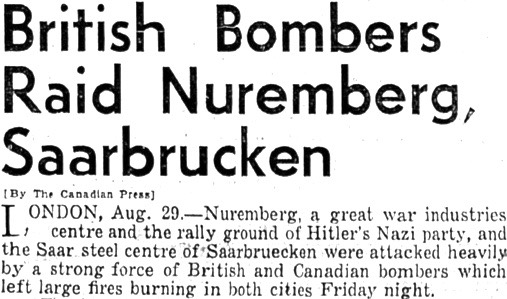






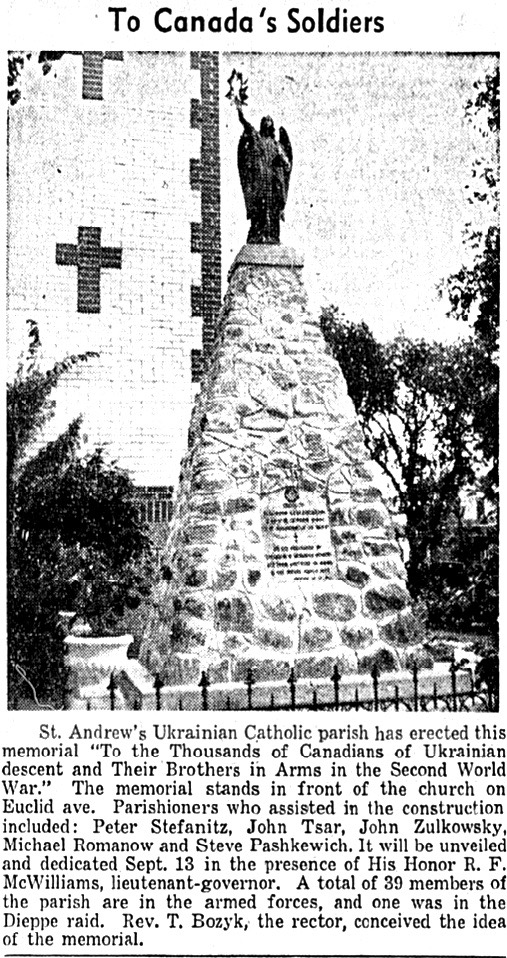





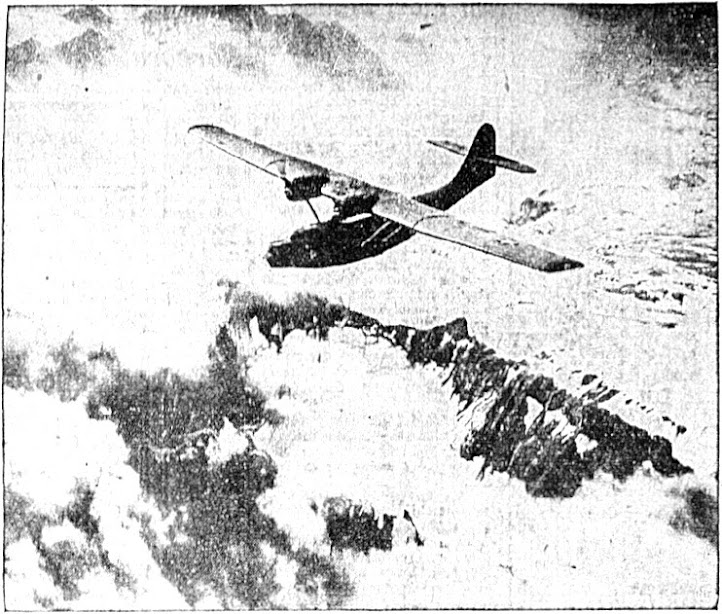

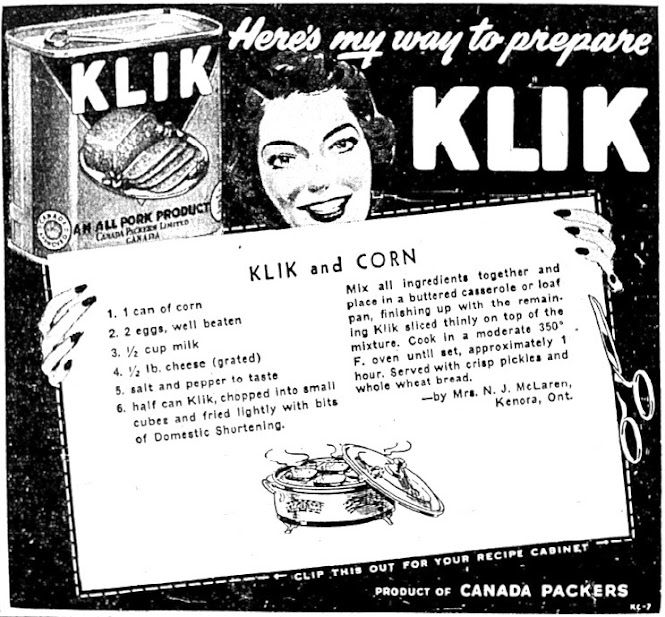
















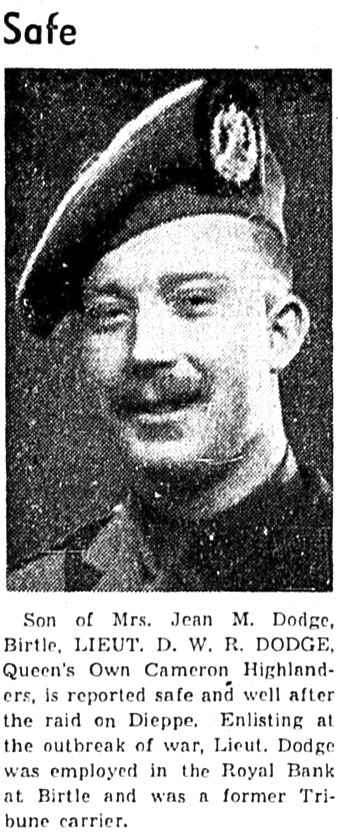

No comments:
Post a Comment